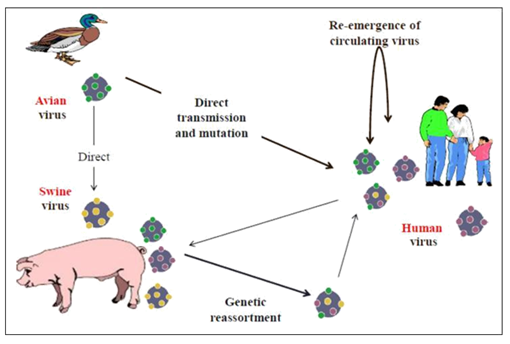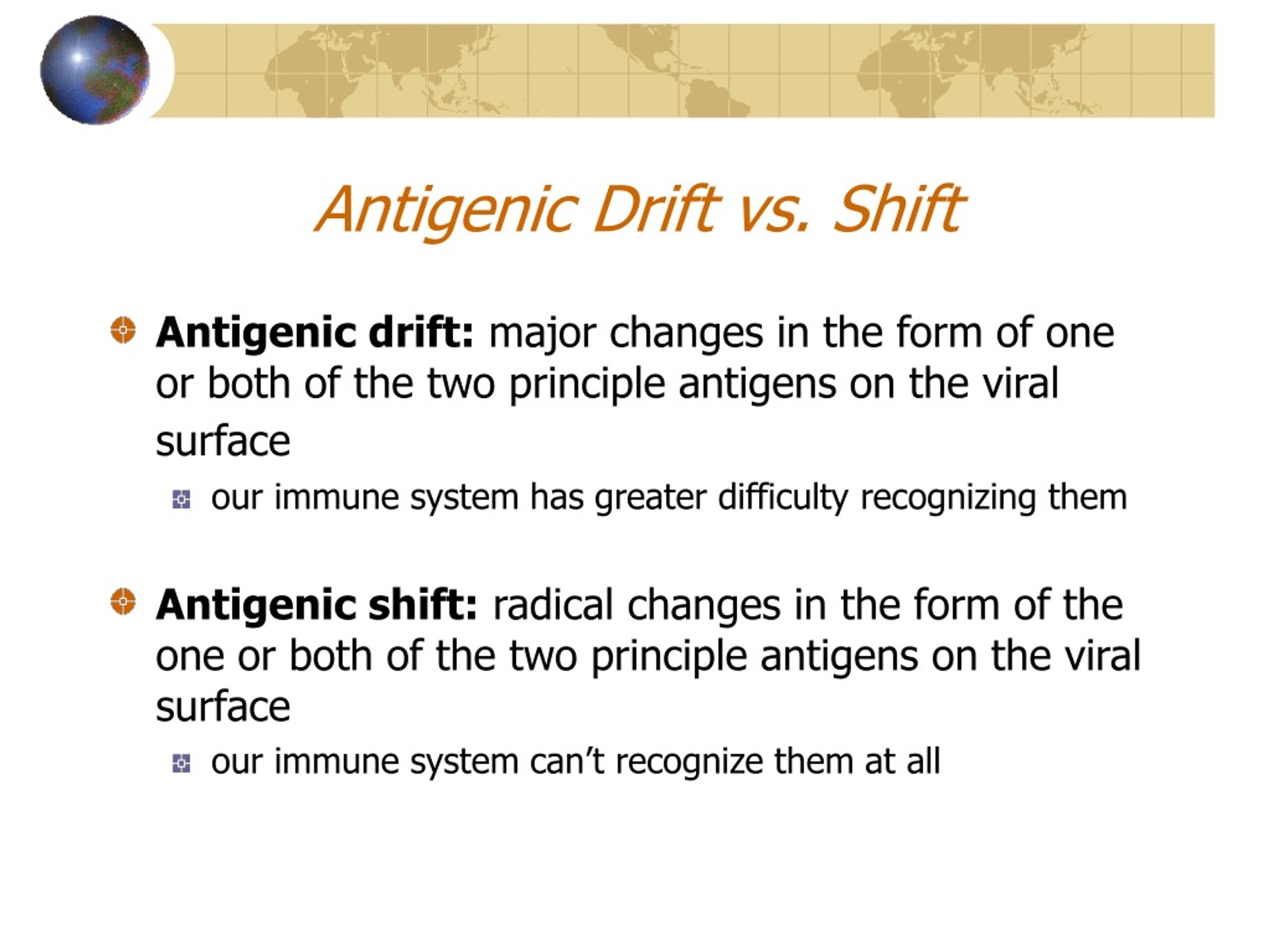

Three pandemics occurred in the past century: the Spanish influenza pandemic in 1918–1919, which claimed an estimated 50 million lives, and the Asian (1957) and Hong Kong (1968–1969) pandemics, which each resulted in 1–2 million deaths. Historical evidence suggests that pandemics have occurred at 10–40-year intervals since the 16th century, originating mainly in Asia ( Box 1).

6 Occasionally, and at irregular intervals, severe worldwide pandemic outbreaks occur these are less constrained by season. Because of this year-round occurrence, the impact of the disease in the tropics is less obvious and only recently have studies shown that it is similar to that in temperate regions. In tropical and subtropical countries, infections occur throughout the year, often with one or two peaks of increased activity. Influenza is a seasonal epidemic disease occurring during the colder months in temperate climates, sometimes accompanied by excess mortality in older adults. 4 This, together with memories of the devastating “Spanish flu” that had swept the world almost three decades earlier, prompted the formation of a World Health Organization surveillance network for influenza, which has developed into the WHO Global Influenza Programme. Shortly thereafter, the amazing capacity of influenza viruses to undergo antigenic change was recognised, both through in-vitro antigenic analyses and in a practical sense with the first reported vaccine failures. This was followed by adaptation of the virus to the laboratory mouse and propagation in the allantois of developing chicken embryos, 1 which provided the basis for the production of the first crude, but effective, inactivated influenza virus vaccines 2 and, together with the observation that the viruses agglutinate erythrocytes, allowed the initiation of the first in-vitro antigenic analysis of influenza isolates.

Our knowledge of the causative viruses of human influenza commenced in 1933 with the infection of an experimental animal - the ferret. It is feared that a new pandemic of human influenza may emerge from this.ī ased on historical descriptions of clinical symptoms, the extent and rapidity of spread, and associated mortality in the elderly, there is little doubt that epidemic influenza has afflicted humans throughout recorded history, and that, on occasions, severe, widespread, global pandemic outbreaks of influenza have occurred. However, during the past 3 years, more than 250 cases of H5N1 infection of humans have occurred, with associated mortality approaching 60%. Recently, influenza A/H5N1 viruses have caused widespread outbreaks, starting in Asia and spreading widely to other regions.Īvian influenza viruses do not readily infect humans. Two subtypes of avian influenza, H5 and H7, can cause severe infections when introduced into domestic poultry. Pandemic influenza occurs at irregular and unpredictable intervals, and is the result of a major antigenic change known as “antigenic shift”, which occurs only in influenza A.Īquatic birds are the evolutionary hosts of influenza viruses they harbour many distinct forms or subtypes of influenza A, which are usually present as harmless gut infections.Īntigenic shift involves the evolution of a new human influenza A virus through the acquisition of a new haemagglutinin gene encoding a different subtype from an avian influenza, or by the adaptation of an avian virus, causing it to become transmissible between humans. Influenza epidemics are the consequence of small, ongoing antigenic changes known as “antigenic drift”, which occurs in both influenza types. Human epidemic influenza is caused by influenza type A and B viruses, which continually undergo antigenic change in their surface antigens, haemagglutinin (H) and neuraminidase (N). Statistics,epidemiology and research design.Statistics, epidemiology and research design.


 0 kommentar(er)
0 kommentar(er)
